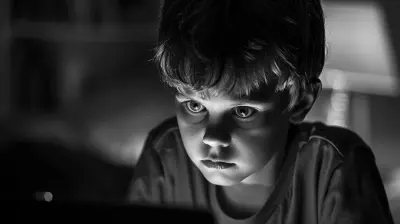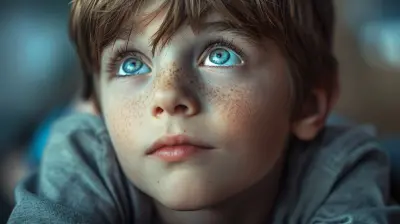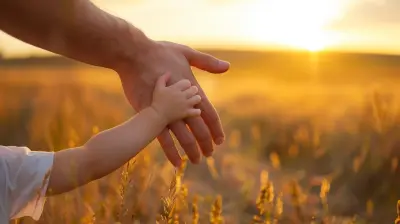Understanding Your Newborn’s Reflexes
29 September 2025
Welcoming a newborn into your world is equal parts magical and mystifying. One minute you’re marveling at their teeny fingers, and the next, you're wondering why they suddenly jerk their arms like they just heard a ghost story. If you're scratching your head over your baby's twitchy movements and curious responses, you're not alone. Those quirky little reactions have a name — reflexes. And guess what? They’re not random at all. They're nature’s way of helping your newborn survive the early days of life.
So, grab your coffee, curl up on the couch (if your baby allows it), and let’s break down everything you need to know about newborn reflexes. Understanding these tiny but mighty behaviors can help you navigate those first few months with a bit more confidence and a lot more awe.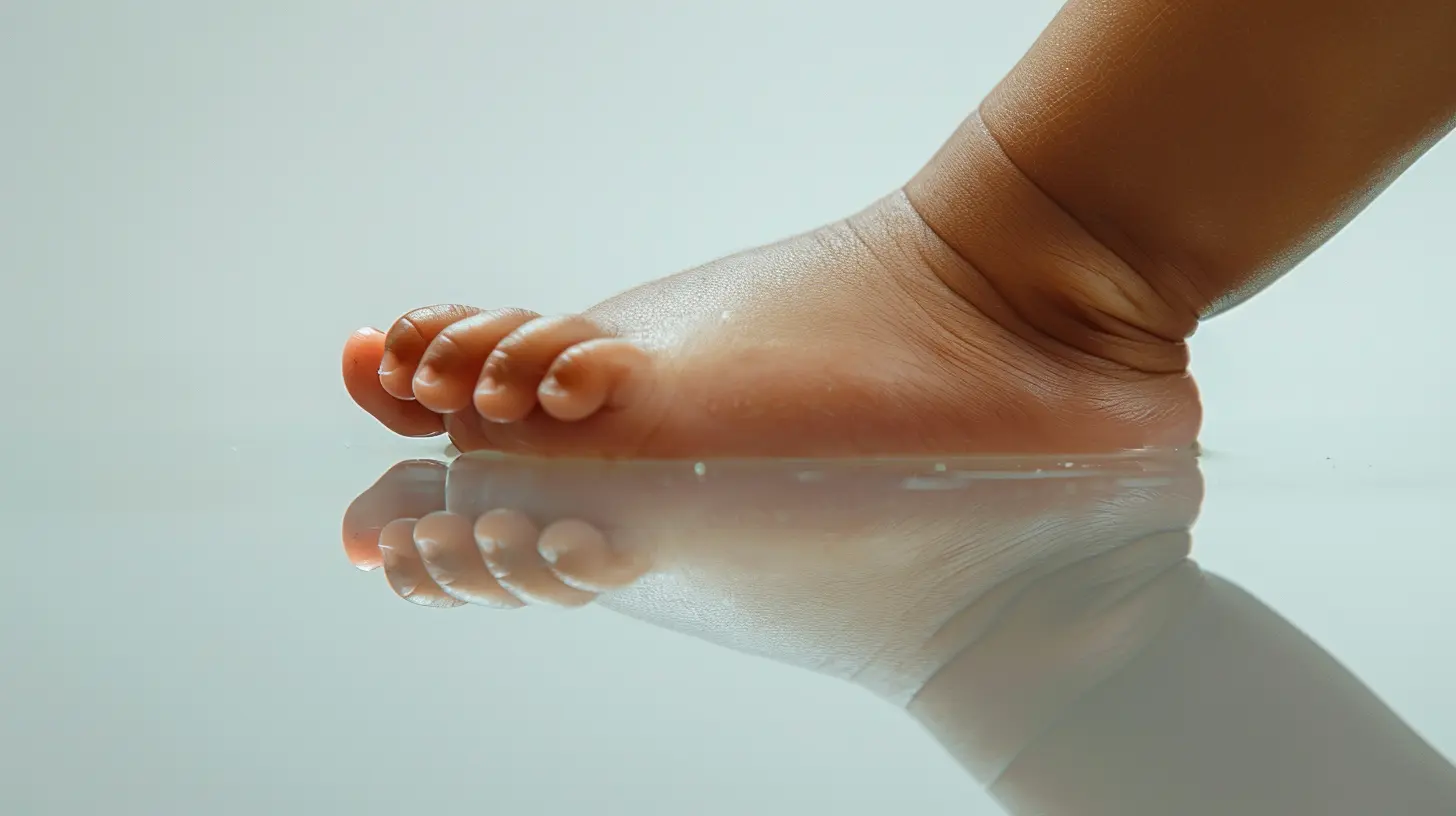
What Are Newborn Reflexes Anyway?
Ever heard someone say, “It’s just a reflex”? Well, babies totally live by that motto. Newborn reflexes are involuntary movements or actions that are part of your baby’s development. They’re automatic — meaning your baby doesn’t think about doing them — and they often show up in response to specific stimuli.Think of reflexes as your baby's built-in survival kit. Even though your little one is still figuring out the world, their body’s already hard-wired to react in certain ways. Some of these reflexes help with feeding, some help protect them, and others are signs that your baby's nervous system is developing as it should.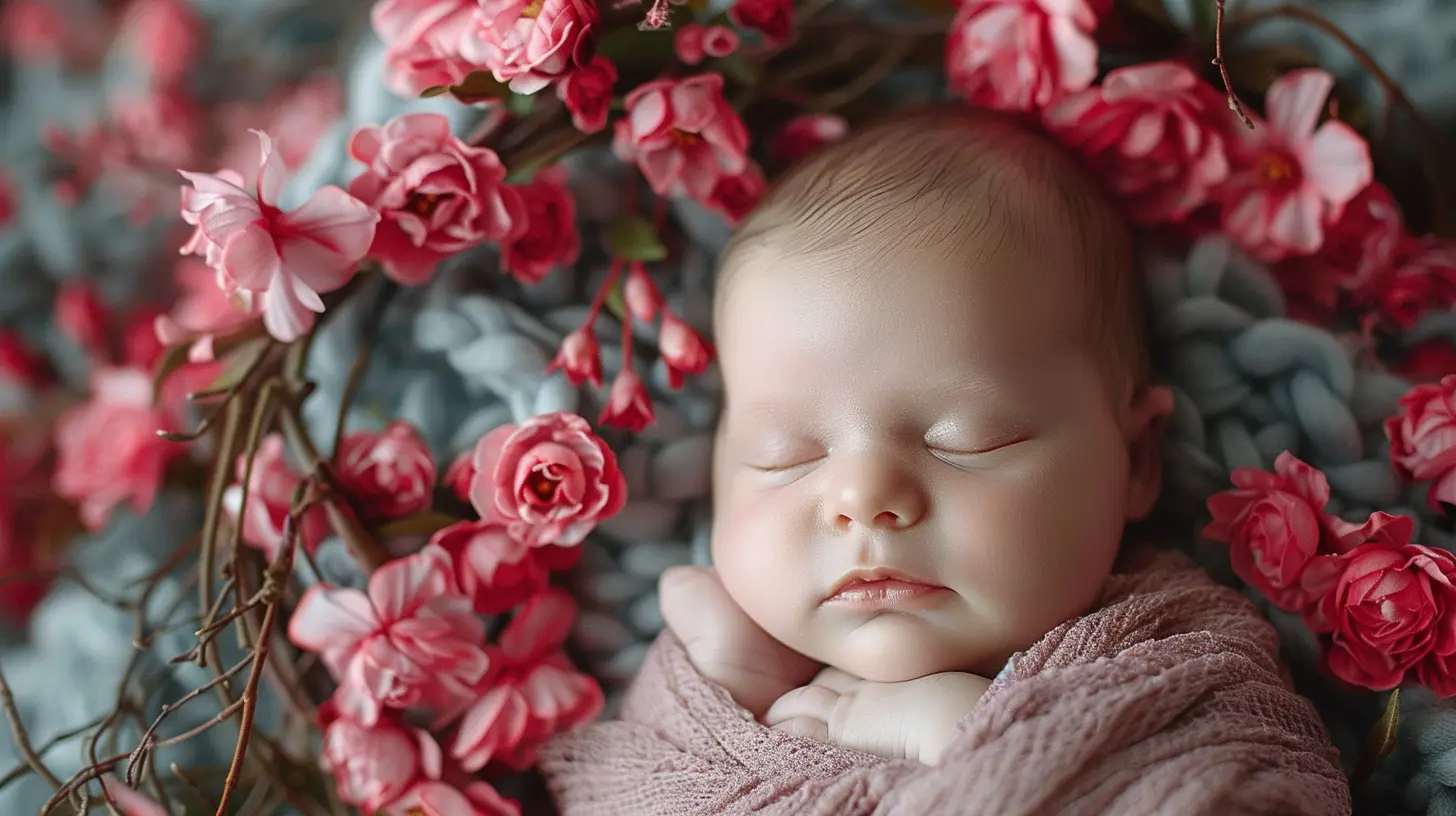
Why Reflexes Matter In Newborns
You might be wondering, “Okay, but why should I care about reflexes so much?” Totally valid question.Reflexes are actually a key way doctors check if your baby's brain and nervous system are functioning properly. Some reflexes are present at birth and slowly fade away as your baby grows and gains control over their movements. If a reflex is missing or sticks around longer than usual, it could signal a developmental issue.
So yeah, those little flinches and wiggles? They're kind of a big deal.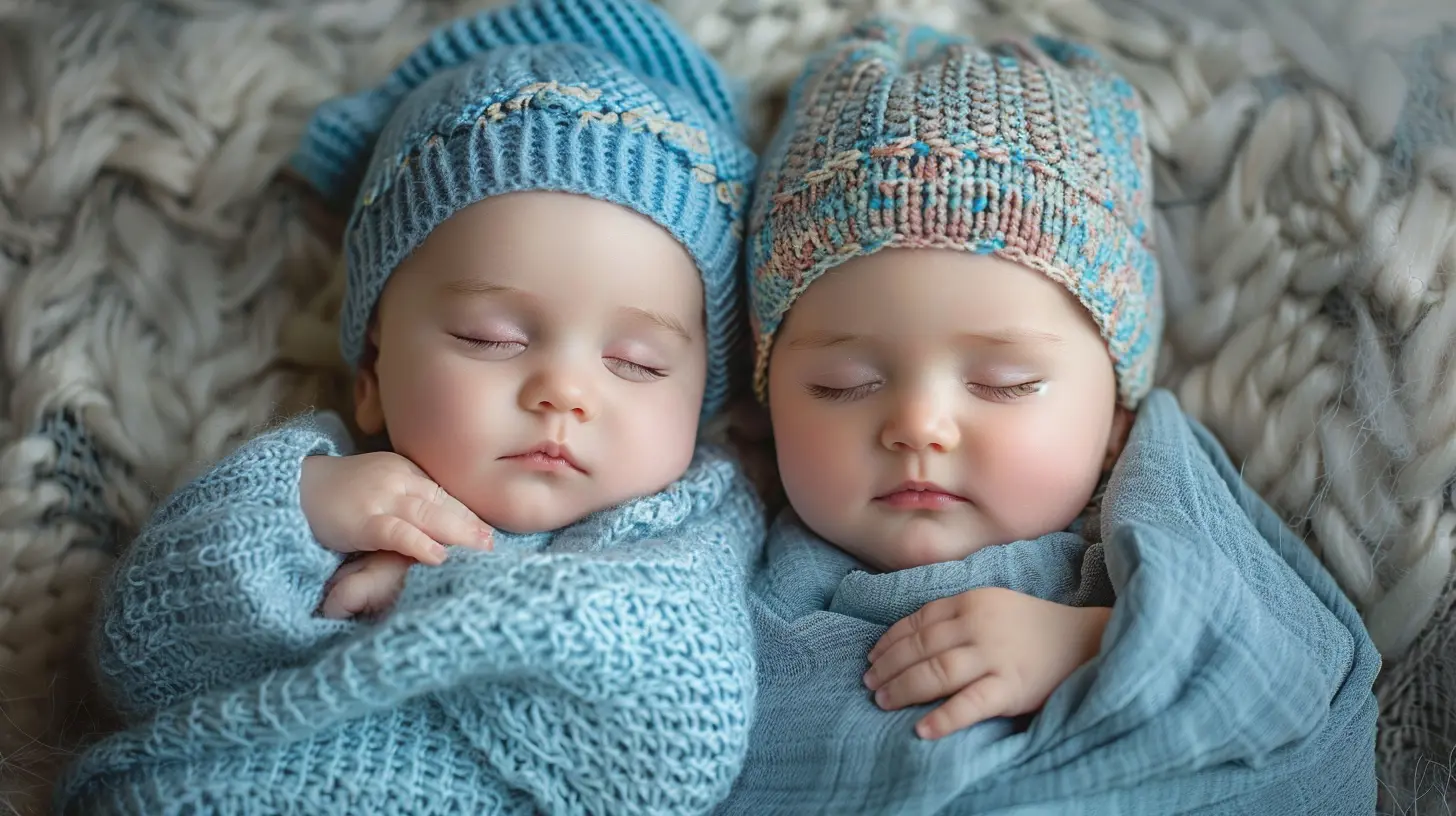
The Most Common Newborn Reflexes Explained
Now let’s get into the fun part — decoding these baby quirks. Here are the most common reflexes you’ll notice, what they mean, and when they typically disappear.1. Moro Reflex (Startle Reflex)
You know that dramatic moment when your baby suddenly throws out their arms, flings their head back, and then curls back into a ball? That’s the Moro reflex in action, and it can be triggered by a loud sound, sudden movement, or even just laying them down too quickly.🍼 What It Means: It’s your baby’s ancient “Oh no!” alarm, left over from our early ancestors. It helps babies react to a perceived loss of support.
🗓️ When It Disappears: Around 4 to 6 months.
2. Rooting Reflex
Touch your baby’s cheek, and watch them turn their head in that direction with their mouth open. It’s not just adorable; it’s a built-in GPS for feeding.🍼 What It Means: This helps your little one find the breast or bottle to feed.
🗓️ When It Disappears: Around 4 months, once your baby starts feeding with more control.
3. Sucking Reflex
If you gently touch the roof of your baby's mouth, they’ll automatically begin to suck. This reflex kicks in around the 32nd week of pregnancy and is fully developed by week 36. That's why preemies sometimes need help with feeding at first.🍼 What It Means: Sucking is necessary for eating, so this reflex is critical to survival in those early weeks.
🗓️ When It Disappears: It gradually becomes voluntary by about 4 months.
4. Palmar Grasp Reflex
Ever had your baby squeeze your finger for dear life like they never want to let go? That’s the palmar grasp reflex in action — heart-melting, right?🍼 What It Means: It’s a primitive way of holding on. Back in the day, it helped newborns cling to their mothers (think monkey-style).
🗓️ When It Disappears: Around 5 or 6 months.
5. Plantar Grasp Reflex
This one’s the foot version of the palmar grasp. When you press your thumb against the sole of your baby’s foot, their toes will curl down like tiny little monkey paws.🍼 What It Means: It’s not just cute — it can be a sign of healthy neurological development.
🗓️ When It Disappears: By 9 to 12 months.
6. Babinski Reflex
Speaking of toes, if you stroke the bottom of your baby’s foot from heel to toe, their big toe will point upward and the others will fan out. It's kinda weird and magical at the same time.🍼 What It Means: Shows proper functioning of the nervous system.
🗓️ When It Disappears: Around 12 to 18 months.
7. Tonic Neck Reflex (Fencer’s Pose)
When your baby’s head turns to one side, the arm on that side stretches out while the other arm bends up at the elbow. It looks like they're fencing or striking a dramatic pose.🍼 What It Means: Prepares baby for voluntary reaching movements later on.
🗓️ When It Disappears: Around 5 to 7 months.
8. Stepping Reflex
Hold your baby upright, let their feet touch a solid surface, and they’ll "step" one foot in front of the other like they’re ready to walk right out the door.🍼 What It Means: It’s an early sign that walking is on the developmental roadmap.
🗓️ When It Disappears: Around 2 months, then reappears when your baby is actually ready to walk.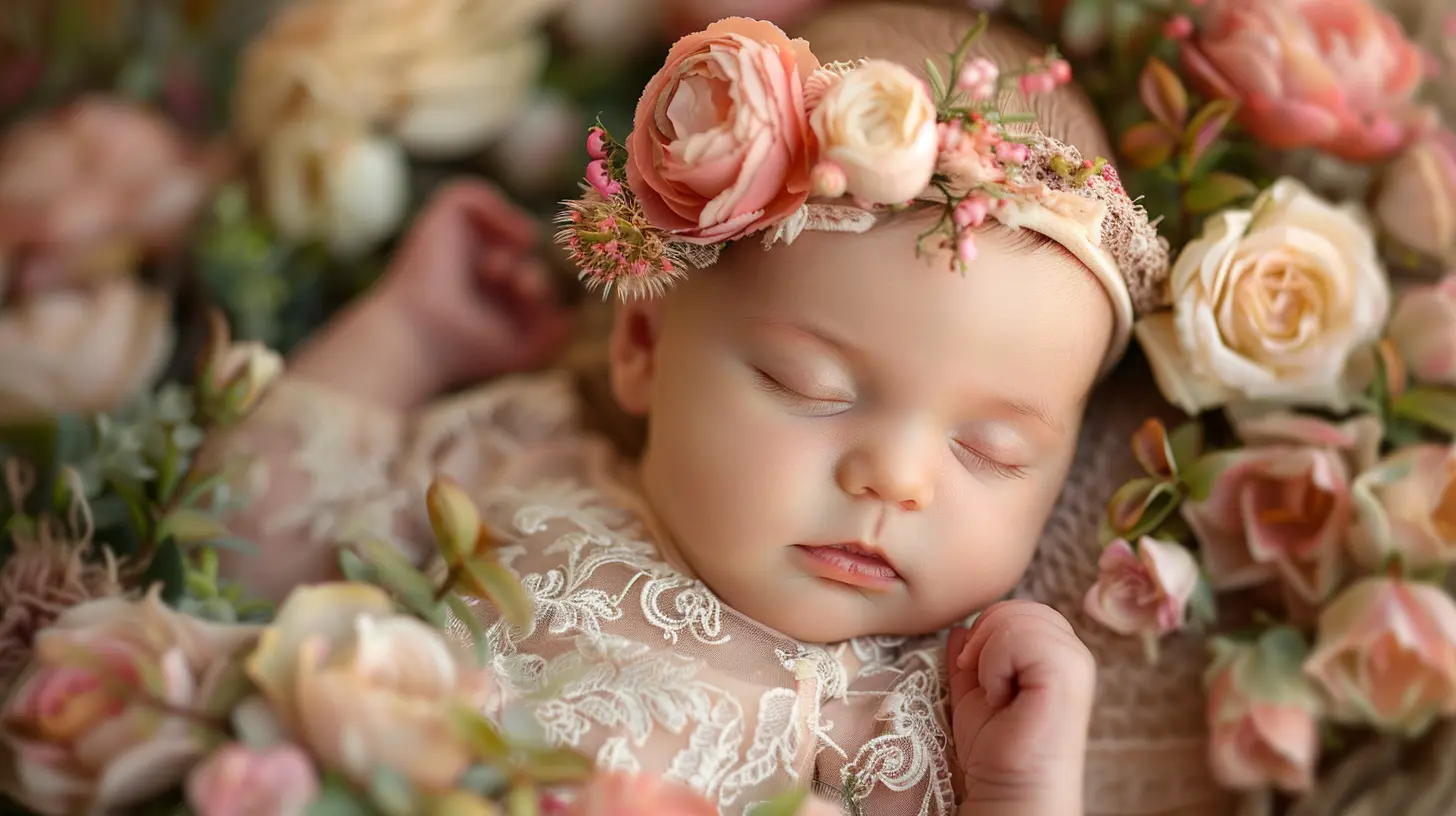
When Should You Be Concerned?
Every baby is different, and there’s a wide range of “normal.” But, as a parent, that doesn’t stop the worry train, does it?So, here's when you might want to check in with your pediatrician:
- A reflex is missing on one side of the body
- The reflexes seem overly exaggerated or intense
- Reflexes don’t fade out around the expected time
- Your baby seems unusually stiff or floppy
It's always better to bring up any concerns during baby’s well-checks. Pediatricians are trained to spot the subtle stuff and will either reassure you or get ahead of anything that might need attention.
Helping Your Newborn Get The Most Out Of Their Reflexes
You don’t need to do anything fancy to “train” your baby’s reflexes — they’re automatic, remember? But you can support your baby’s development by creating a nurturing environment:- Tummy time: This helps develop muscles and encourages motor skills.
- Skin-to-skin contact: Calms your baby and helps regulate their bodily functions.
- Gentle interaction and play: Helps your baby use and eventually outgrow certain reflexes naturally.
Oh, and don't forget the power of talking and singing to your baby. Your voice is their favorite sound, and even simple interactions play a big role in their growth.
Reflexes in Premature Babies
If your baby arrived fashionably early, you might notice some reflexes are slow to show or less developed. That’s because they weren’t born at the full term when many reflexes are usually well-established.Don’t panic. Many preemies catch up over the weeks or months ahead. Your pediatrician or a neonatal specialist will monitor their reflex development closely. Just keep nurturing, loving, and supporting them like you already do.
The Magic Behind the Movements
So, what’s the takeaway here? All those spontaneous flinches, toe curls, and grasping fingers are way more than newborn quirks — they’re signs that your baby’s tiny body is wired for survival and growth. Each reflex is like a little milestone on the path to becoming a fully functioning little human.And while those early weeks might feel like a whirlwind of sleepless nights and diaper surprises, take a moment to marvel at how your baby is already doing so much even when they seem to be doing nothing at all.
Understanding your newborn’s reflexes isn’t just fascinating — it’s a beautiful reminder of how incredibly designed these little humans are. So next time your baby startles or grabs your finger, smile. You’re witnessing a brilliant little dance choreographed by nature.
Final Thoughts: Trust the Process, Trust Yourself
Being a new parent doesn’t come with an instruction manual (wouldn't that be nice?), but knowledge is the next best thing. By understanding your newborn’s reflexes, you’re not just decoding their behavior — you’re bonding, connecting, and becoming more attuned to their needs.So when in doubt, follow your instincts, ask questions, and keep loving that tiny human with your whole heart. You're doing great.
all images in this post were generated using AI tools
Category:
Newborn CareAuthor:

Noah Sawyer
Discussion
rate this article
1 comments
Valencia Palmer
This article provides a valuable overview of newborn reflexes, helping parents understand their baby’s innate behaviors. It's reassuring to know these reflexes are normal and crucial for early development, fostering a stronger bond and better care in those early days.
October 1, 2025 at 4:03 AM

Noah Sawyer
Thank you for your thoughtful comment! I'm glad you found the article helpful in understanding these important reflexes and their role in bonding and development.
